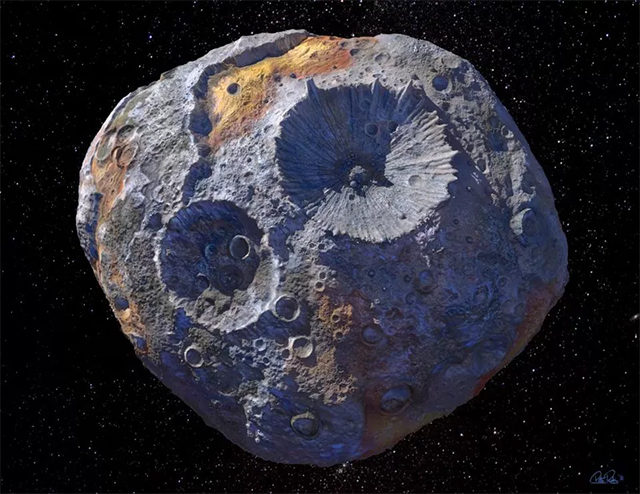NASA Launching Spacecraft In 2020s To Study Jupiter’s Asteroids And Another Made Of Metal
NASA is aiming to do some dope shit in the 2020s. Expecting to launch spacecraft to study Jupiter’s asteroids, and also another one made of metal. Sounds dope! I’m, uh, just not optimistic about us/them making it until then.
In the early 2020s, two separate NASA missions will launch to asteroids in the Solar System, to learn more about what our cosmic neighborhood was like when it was young. NASA announced today that it had selected two missions, called Lucy and Psyche, from the five finalists in the Discovery Program — the space agency’s competition for scientists to come up with new ways to investigate the Solar System. Lucy is slated to launch in 2021, while Psyche will launch in 2023.
While both of these missions are set to visit asteroids, they are each targeting very different space rocks. Lucy will be heading to Jupiter’s orbit, where it will explore the Trojan asteroids — objects trapped by the gas giant’s gravity. The spacecraft is scheduled to visit six of these asteroids between 2027 and 2033. Trojan asteroids are considered to be early remnants of our newborn Solar System, so studying these objects could provide clues about the materials that help to form the more distant planets. To analyze these, Lucy will be equipped with proven science instruments used on a few of NASA’s other planetary missions, such as the New Horizons mission to Pluto.
Meanwhile, Psyche will be journeying to a type of rock we’ve never been to before — a metal asteroid. In 2030, the spacecraft will be meeting up with a giant 130-mile-wide metal asteroid called 16 Psyche, which orbits the Sun three times farther out than the Earth does. What makes 16 Psyche unique is that it’s made of up of mostly metallic iron and nickel, whereas most asteroids are comprised of rocky materials like carbon and silicates. Unlike its asteroid companions, 16 Psyche more resembles the components of the Earth’s core, which has led astronomers to believe that this metal asteroid may be the leftover center of a large protoplanet that lost its outer layers long ago. Exploring this metal asteroid could tell NASA more about how layers within planets separate.
While the teams behind Psyche and Lucy are celebrating today, the news means that three other teams won’t be going to space in the next few years. The finalists that didn’t get picked include two missions to Venus that would study the composition of the planet’s atmosphere, as well as map surface topography. The other finalist — a project called NEOCam that will look for even more near-Earth asteroids — was not picked to move forward, but will receive continued funding from NASA for an additional year.




